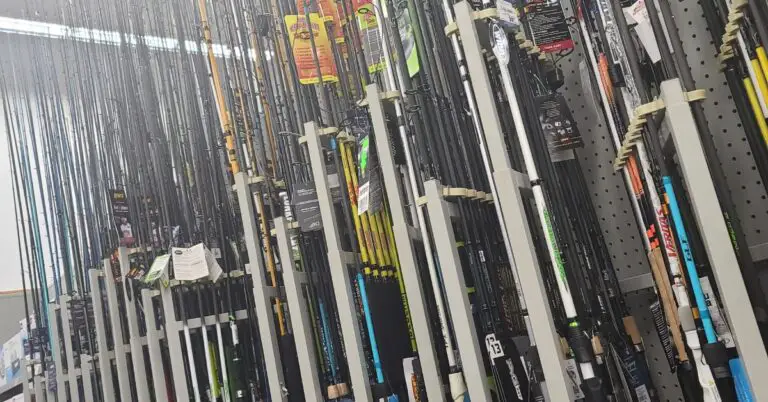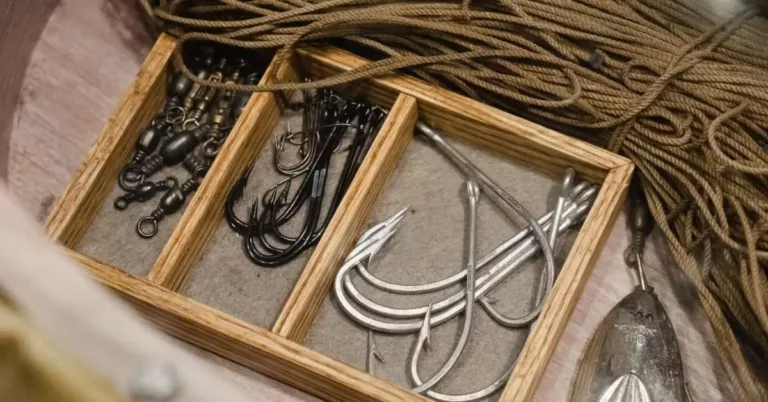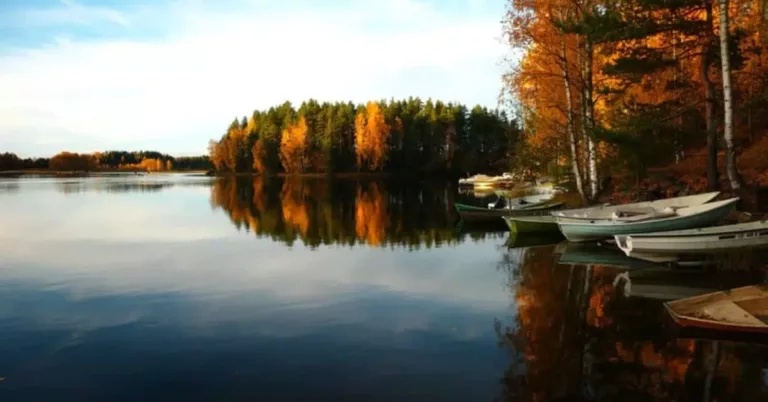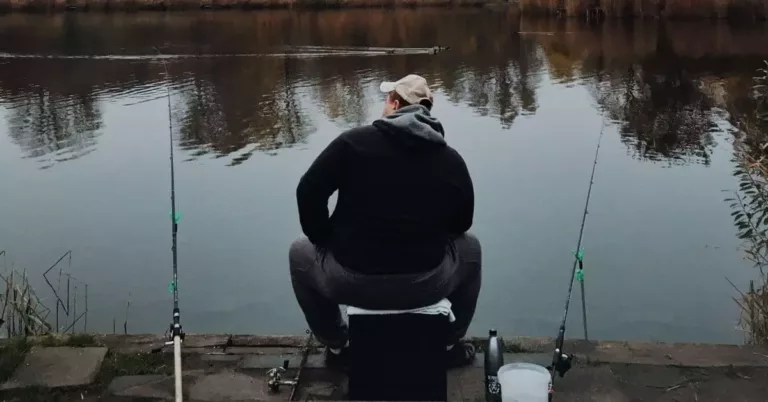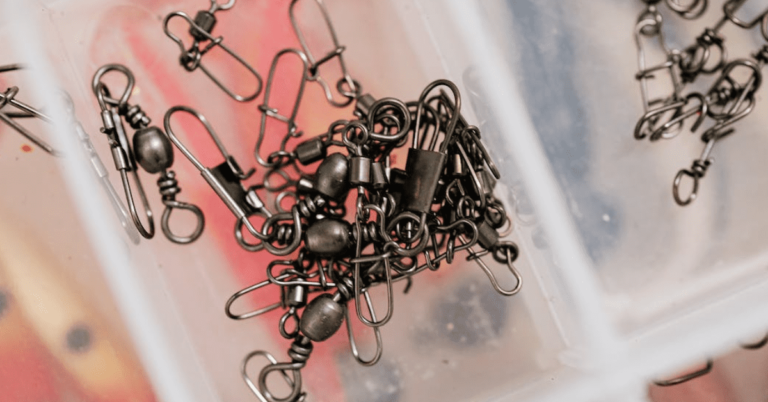How fast do crappie grow?
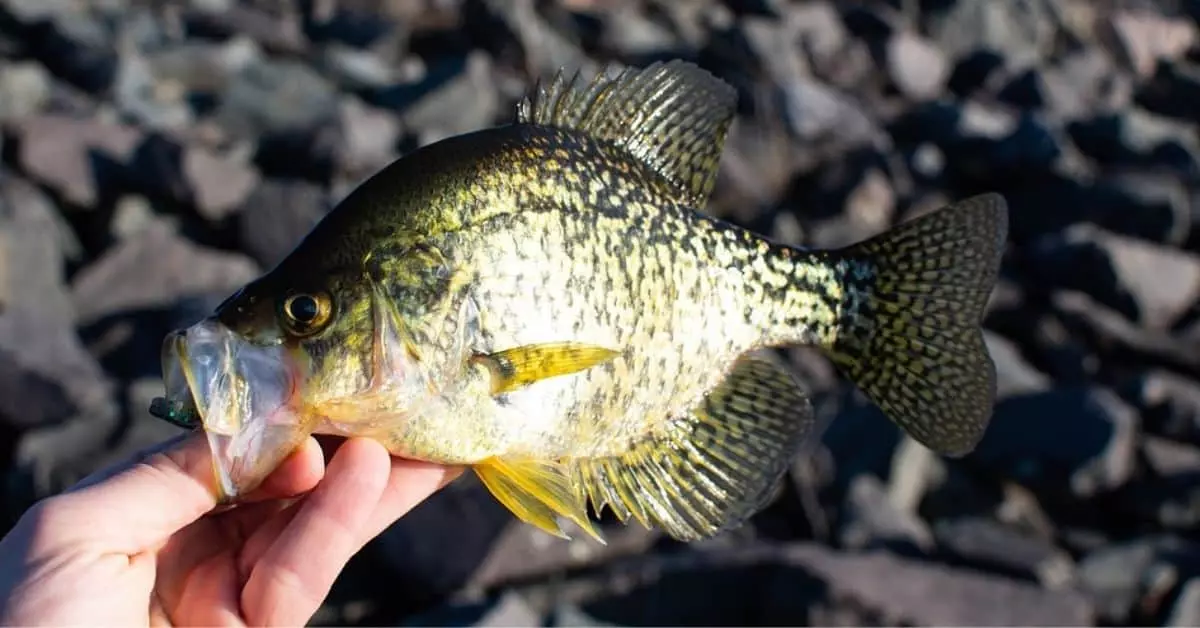
So you have heard that crappie reproduce very fast and can often overcrowd small ponds. At the same time, you hear that some places have been overfished and they have had to institute length and number restrictions to increase the abundance of crappie.
So these conflicting statements may be leading you to wonder “How fast do crappie grow?” and “When will crappie reach a decent size?”
White crappie will tend to grow in length slightly faster than black crappie. A crappie will grow between 3 and 4 inches per year for the first years of its life. By year three this growth will slow to about 2 inches per year and stabilize around ¾ to 1 inch of growth per year from year 5 on due to their larger size.
Crappie Yearly Growth Chart
| Age | Length | Weight |
| 1 Year | 3-4 Inches | .05 to .1 LB |
| 2 Years | 7-8 Inches | .2 LB. |
| 3 Years | 9-10 Inches | .5 LB. |
| 4 Years | 10-11 Inches | .8 LB. |
| 5+ Years | 12+ Inches | 1.25 LB+ |
The numbers included here are an average and you can expect to see outliers in both edges of the spectrum, however you can generally expect similar results as posted here.
Expected Lengths of Crappie by Year
While it is difficult to tell exactly how old a crappie is, some generalizations can be made based on their size.
On average a crappie will reach between 3 and 4 inches in its first year of life. This can be seen quite frequently at any location where crappie are raised as stock fish. Most fingerlings you purchase will be in this size range.
By the end of the second year crappie will be in the range of 7 to 8 inches in size. This tends to be a fairly common size for crappie caught while fishing. Crappie in this size range abound primarily because of the short amount of time it takes to reach this age. This is also the point at which the crappie are mature enough to begin breeding.
During age 3 crappie the growth of crappie in length will slow down to about 1 to 2 inches. This is due to the fact that they are growing thicker and taller at the same time. You can expect a size range of around 9 to 10 inches at the end of the third year.
As crappie age into year 4 and 5 you can expect to see lengths of around 10 to 12 inches. Growth at this point has slowed down considerably. Depending on the location you are fishing it can be somewhat rare to find crappie much larger than this. It is estimated that only around 10% of crappie spawned will reach this size.
Food supply, weather conditions, and predators along with human consumption are all factors that can influence the size of crappie in your local water source.
Things That Cause Crappie to Grow Faster
There are certain factors that can cause crappie to grow faster than they would in other areas. As with nearly any species in perfect conditions they can flourish. Let’s examine some of the things that crappie need to grow at a rapid pace.
The Effect of Weather On Crappie Growth Rate
When discussing weather and crappie growth, I am not talking about how much rain or sun we had yesterday. This has more to do with the overall weather seasons. While they remain somewhat active in the winter, crappie do slow down becoming more lethargic and requiring less food to maintain their size.
In regions that have longer summers or very mild winters it is common to see fish that grow to a larger size in a shorter time frame. Southern areas such as Georgia, Alabama, Florida and Mississippi provide evidence of this. Their longer summer and milder winters make for a longer growing season, both for plants and crappie.
An Adequate or Plentiful Food Supply Is Necessary for Crappie Growth
As is the case in any living organism, energy of some sort is needed to grow. In the case of crappies, this energy comes primarily from the foods they consume. Crappie eat things such as zooplankton, insects and even other fish, each of these at somewhat different stages of their life. If one of these food sources are missing then it is possible that the crappie could become stunted at that point in their life.
Crappie Have a Hard Time Reaching Large Sizes If There Are Too Many Predators
Just as with any other animal, an over abundance of predators can result in a reduction in overall crappie size. While the predators do not directly affect crappie on an individual basis, a large number of predators consuming smaller crappie, result in overall fewer crappie to survive to older ages.
By removing some of these predators, either in the form of natural predators or human consumption through catch limits and size restrictions you can promote the growth of larger crappie.
Reasons why Crappie Grow Slower
Just like crappie need certain conditions in order to grow, conflict in these conditions can be what limits their ability to grow.
Shortage of Food In a Particular Growth Span
Crappies tend to seek out particular types of food throughout their lifespan. A shortage of these resources can result in the growth of the crappie becoming stunted or halted.
When crappie are first spawned and up through their first year of life they will feed primarily on zooplankton, water fleas, boatmen bugs and other tiny insects found in the water source. If there are not sufficient levels of these food resources then it is likely the crappie will stunt at this age.
If crappie stunt this early in their life it is likely that they will be consumed by larger crappie and other predators before they have a chance to mature.
As they enter their second year or so of life crappie will begin feeding on small minnows, other bait fish and smaller crustaceans such as crawfish. This is also an area in which frequent stunting of the crappie occurs. If there is a shortage of food in this stage, the crappie will often consume smaller crappie. Stunting at this age can result in a severe reduction in larger crappie as well.
As they enter their third year of life crappie that have grown to a normal size will consume almost anything that they can put into their mouths. This includes smaller bait fish, bream, crawfish and even the smaller spawn of their predator fish. Once they reach this point, it is unlikely that their growth would be stunted due to a food supply issue unless there is just a severe shortage of edible options in the water as they will consume nearly anything.
Predators Affect on Crappie Growth Rate
Crappie are feeder fish for many species of bass and other larger fish such as gar. On rare occasions the number of predators out number the supply of bait fish and crappie. This results in a severe hit on the crappie population.
When there are too many predators, more crappie than usual are consumed. This prevents the crappie from reaching adult age and over time has a negative effect on the size of crappie.
This negative effect occurs because the crappie do not have enough time to reach maturity before they are consumed. Less eggs are laid resulting in less smaller crappie and increasing the effect of the smaller crappie being eaten. In the long term this can result in complete decimation of the crappie population.
Overfishing by Humans
Overfishing is the final portion we are going to discuss about how it affects crappie. If anglers are catching small crappie and keeping them then it is impossible for those crappie to grow. For obvious reasons of course.
Often when overfishing becomes a problem local Fish and Wildlife authorities will step in and institute catch limits and size restrictions if they see they are necessary to improve fish populations. These size limits result in larger catches as the smaller fish have to be released back into the waters.
Conclusion About Crappie Growth Rates
Crappie grow on average about 2 inches per year. However, this rate is faster during the first two years when they can reach up to 8 inches in that time, after that it slows down until the average 2 inches per year are reached. Most crappie are large enough for the catch in their third year.

